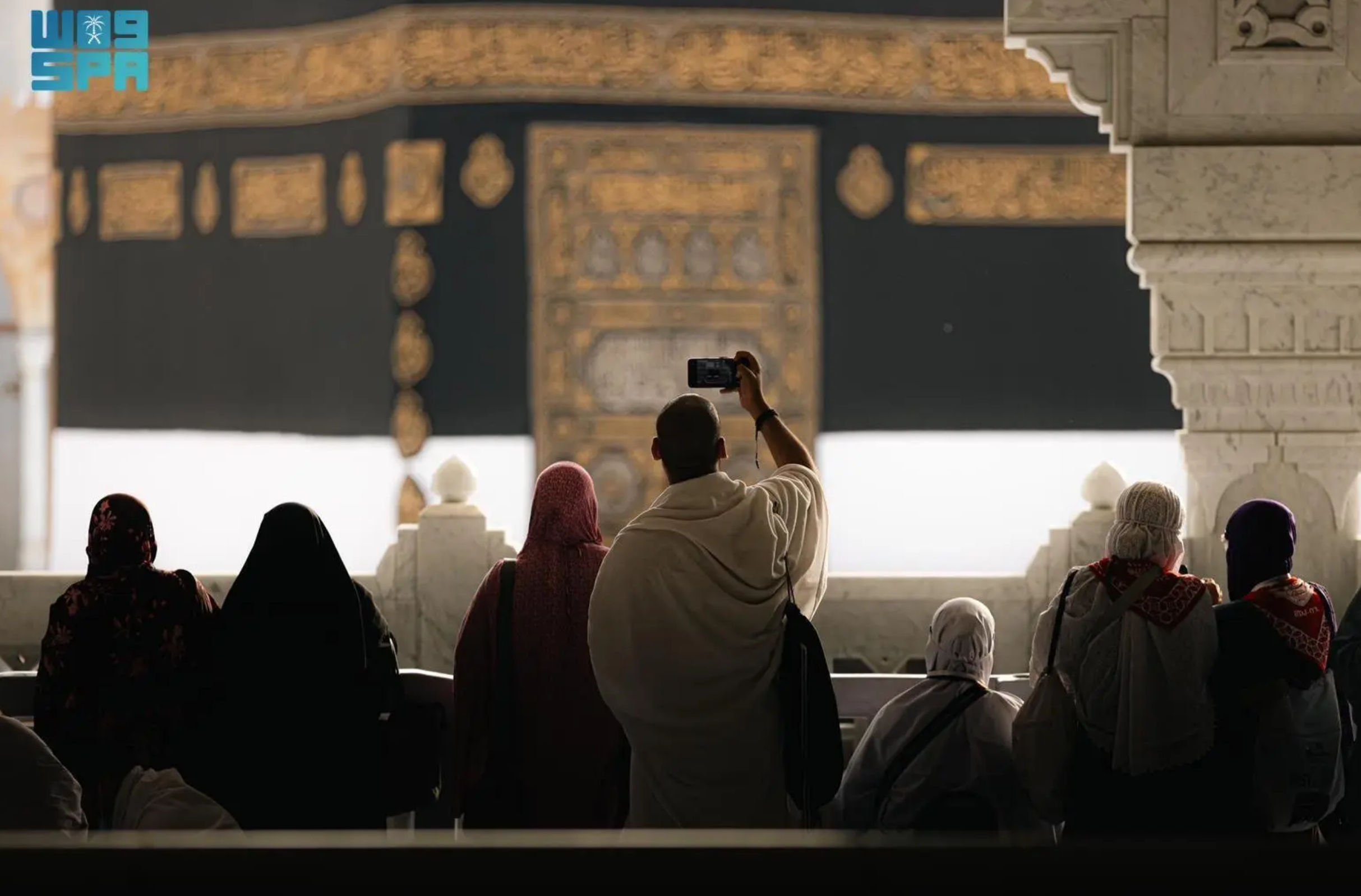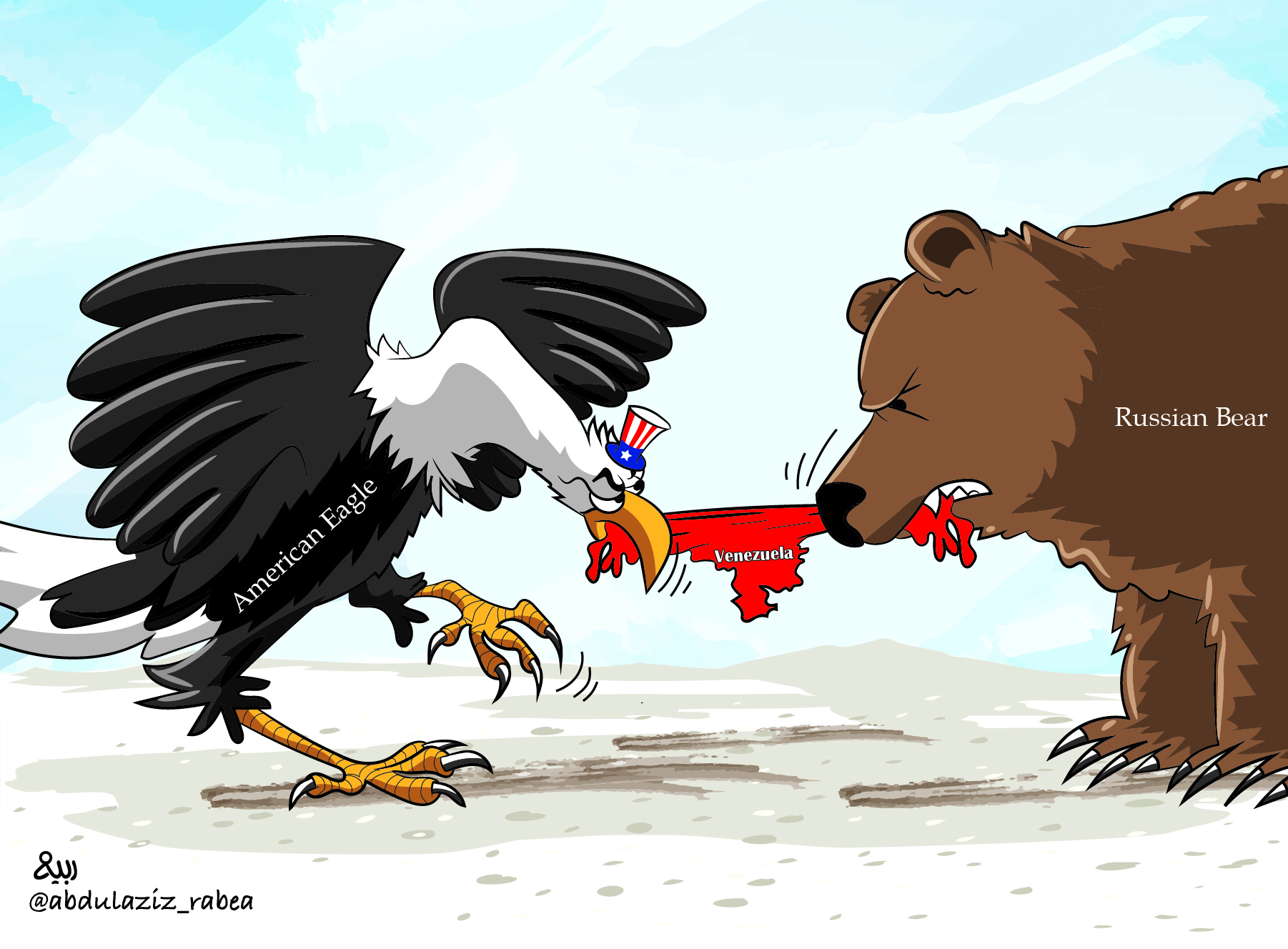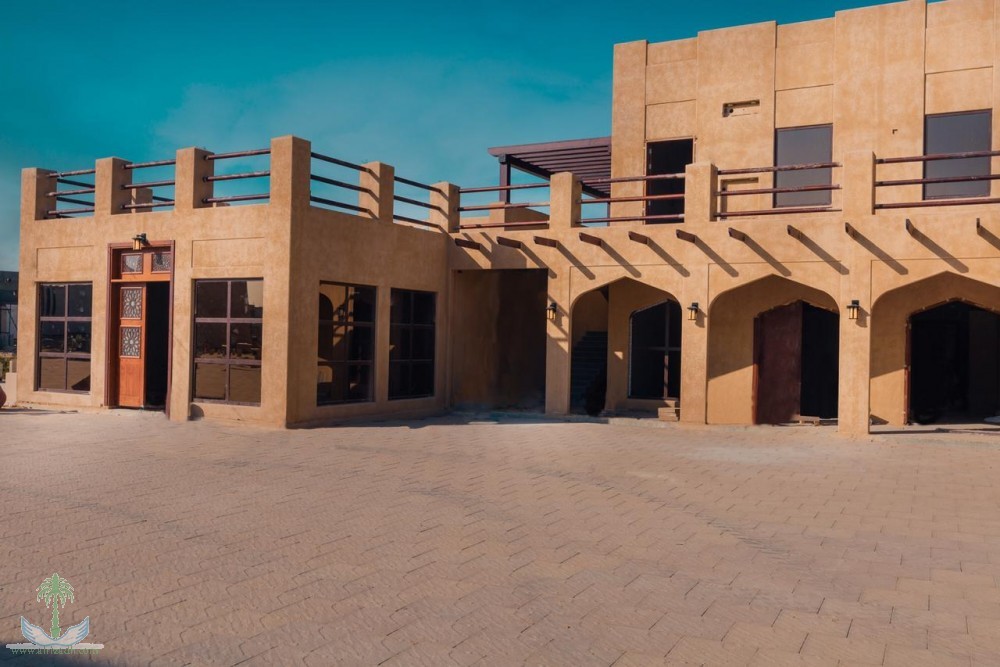
Raising the Kaaba’s Kiswa: An Annual Tradition Preceding Hajj Preparations
The Holy Kaaba has received care and attention throughout successive Islamic eras up to the present day, as it is one of the symbols of Allah Almighty that must be revered.
One of the manifestations of this care is the restoration, maintenance, and continuous enhancement it receives. This includes the annual renewal of the Kaaba’s Kiswa (black covering), which symbolizes reverence and honor for the Sacred House of Allah.
During the Hajj season, the Kaaba’s Kiswa is raised—not as a form of worship, but for a purpose that has varied across eras, with each period having its own reason or wisdom behind it.
In earlier times, the raising of the Kiswa served as a way to announce the approach of the Hajj season, signaling the commencement of the rituals and the arrival of pilgrims from around the world to worship Allah Almighty and fulfill the fifth pillar of Islam. It also aimed to protect the Kiswa from damage during the season. Over time, it became an annual tradition, carefully overseen by Muslim rulers throughout the ages. The covering is now raised well before the Hajj season begins, primarily to safeguard it from wear due to the heavy crowds around the Kaaba and to prevent some pilgrims or Umrah performers from cutting pieces of the Kiswa as souvenirs or seeking blessings.
Many sources indicate that this practice began in the early Islamic period, when the Kaaba’s Kiswa—made of black silk inscribed with verses from the Holy Quran—was folded upward, allowing pilgrims to see the raised Kiswa as they performed Tawaf (circumambulation).








